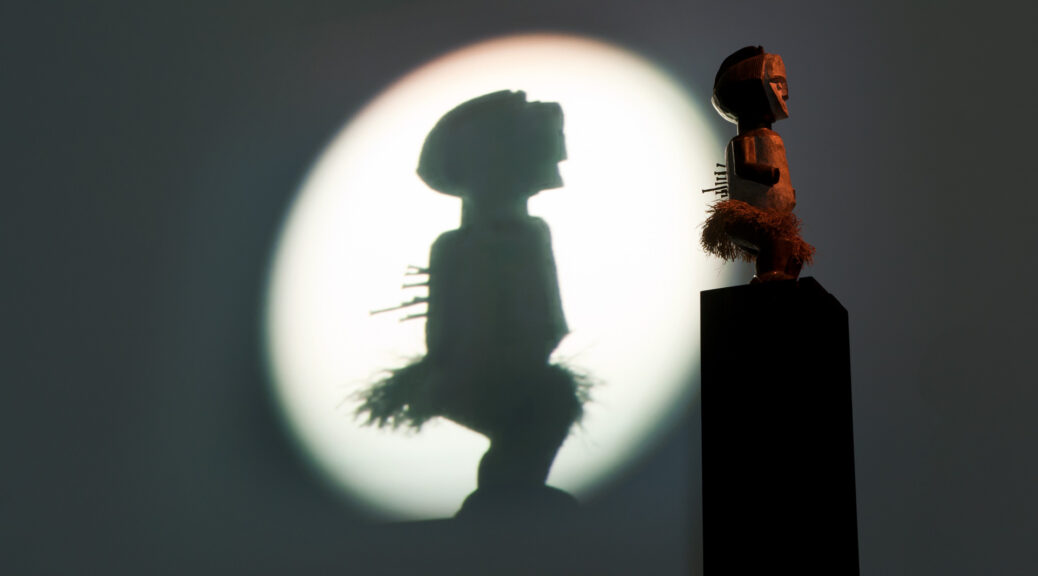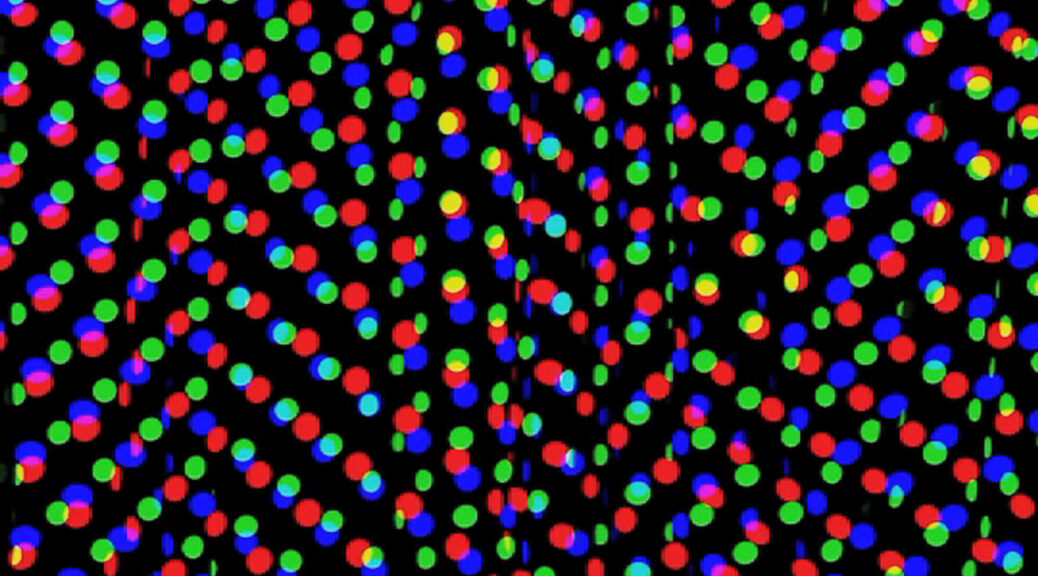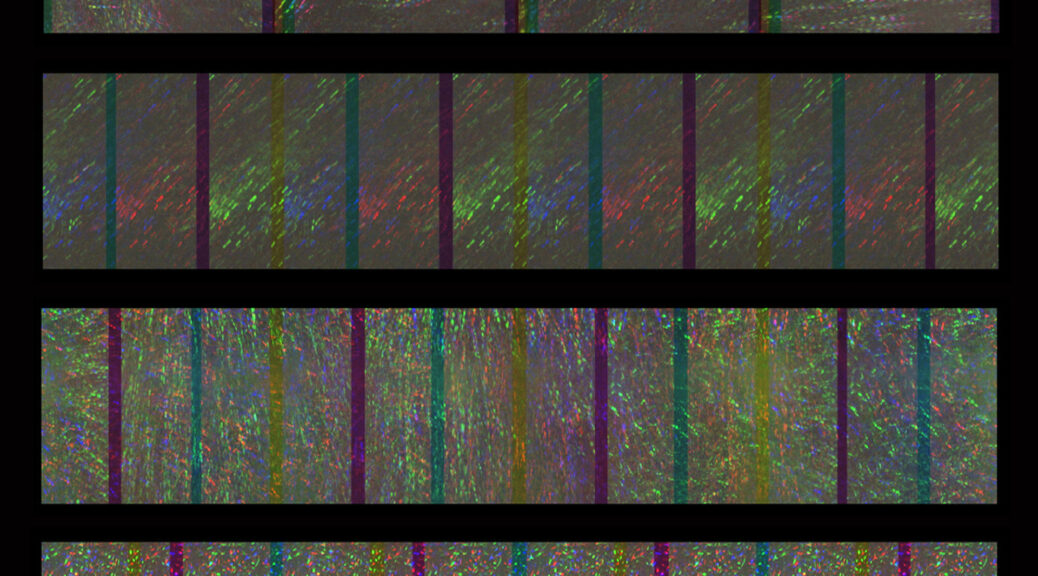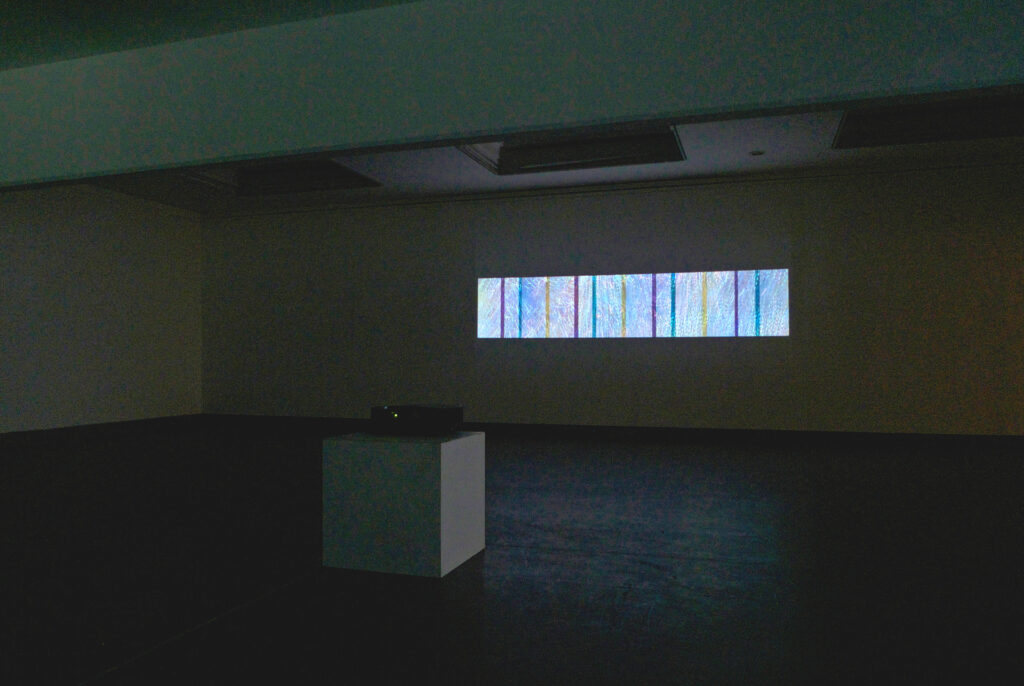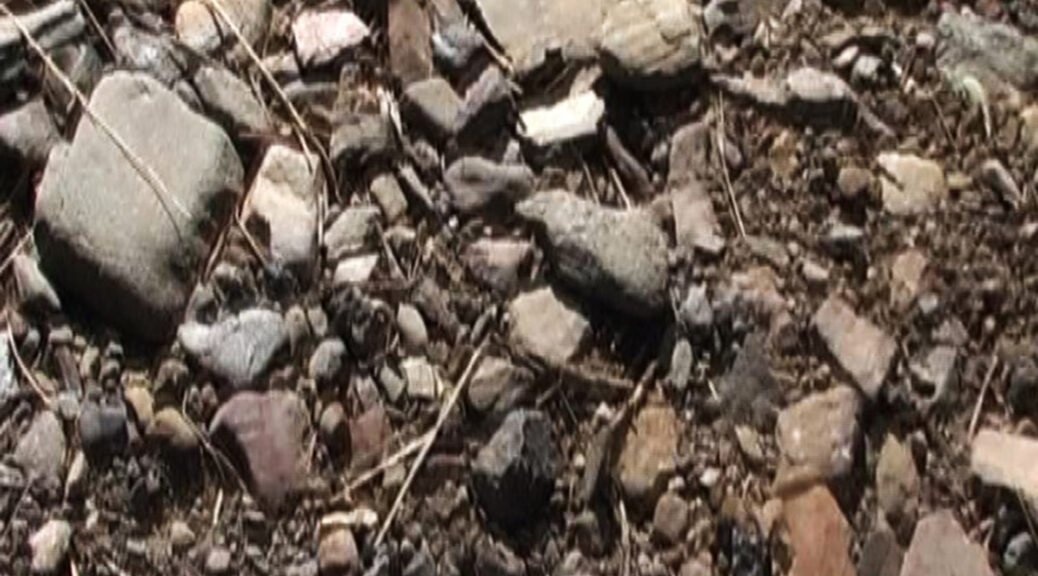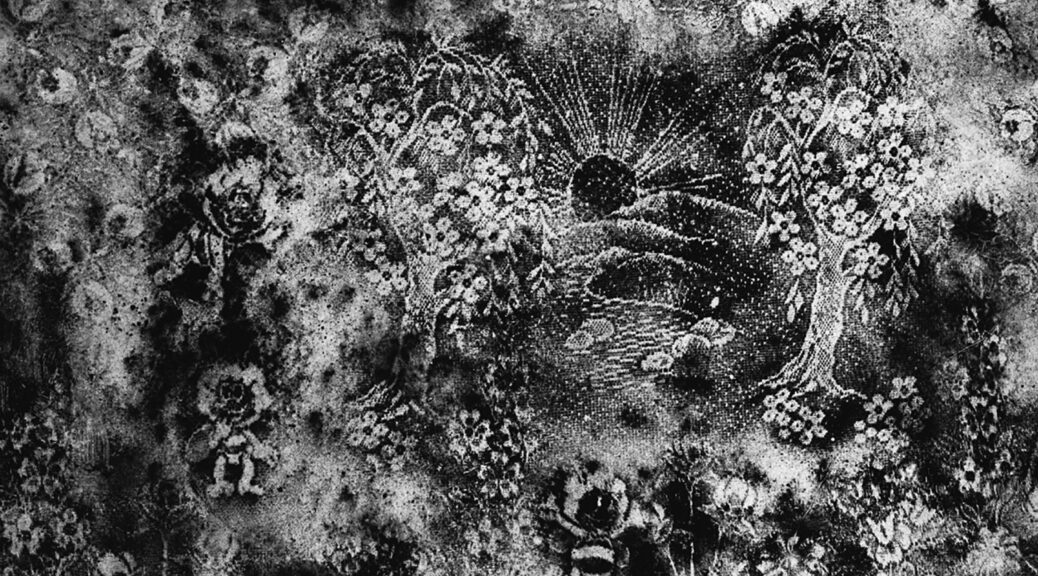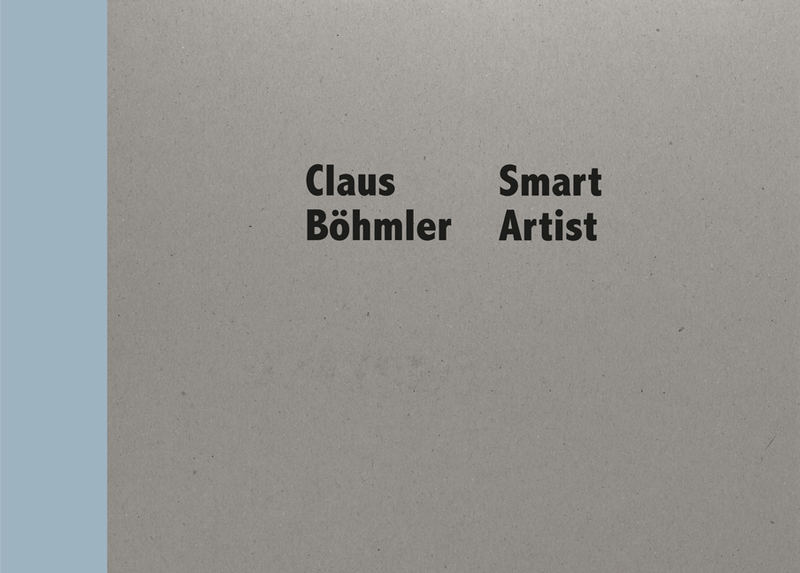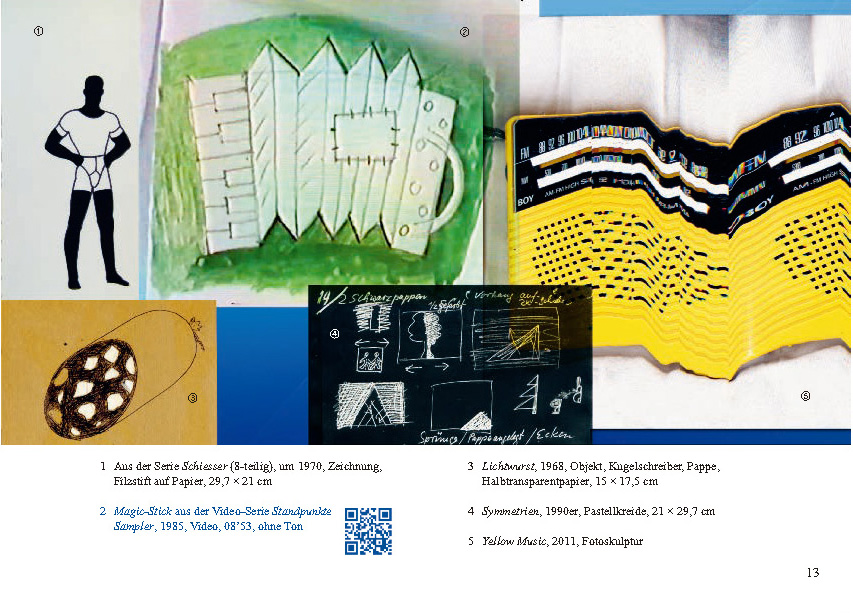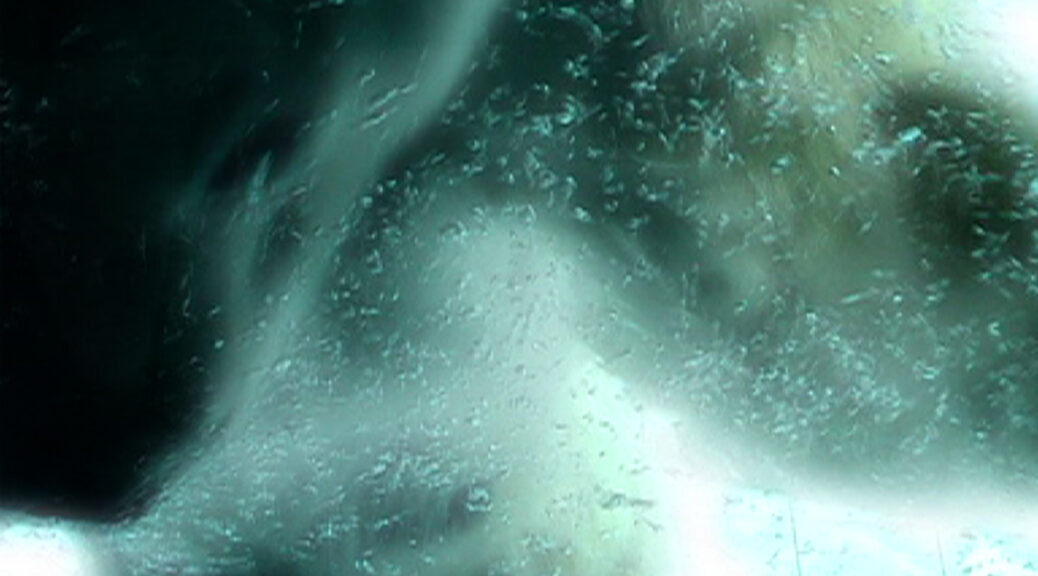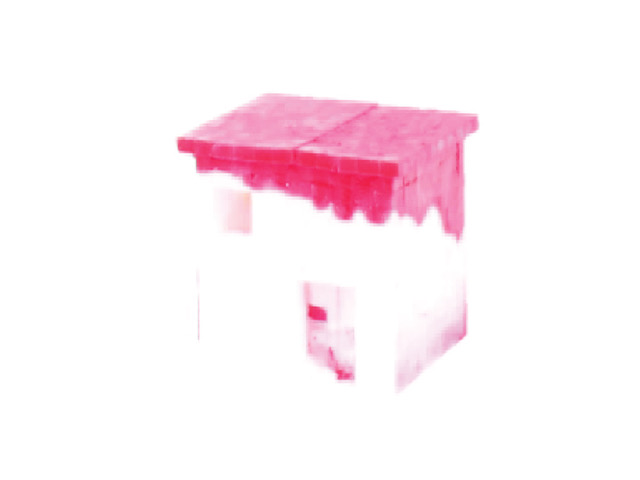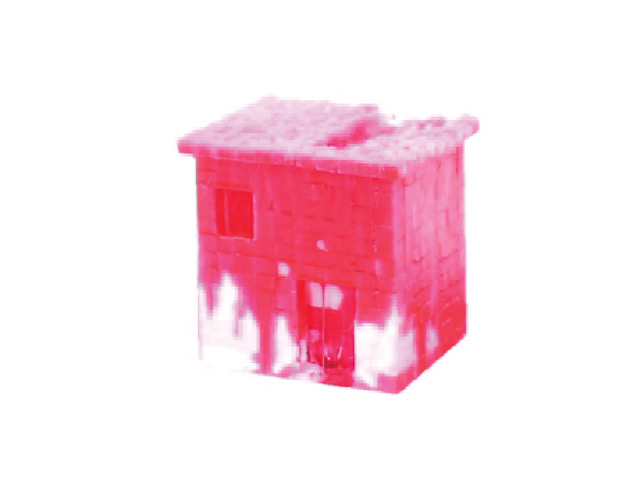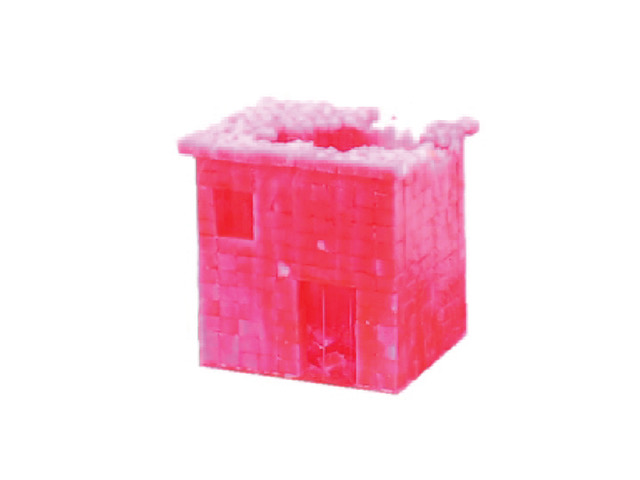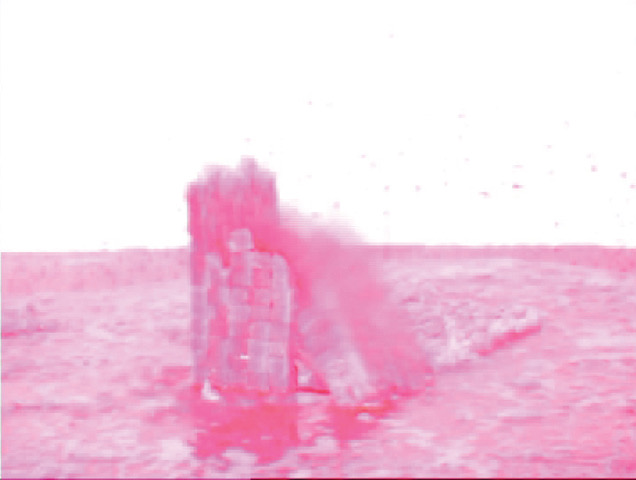Wood, metal, raffia, projector, spotlight, video (HD, 8’06, loop)
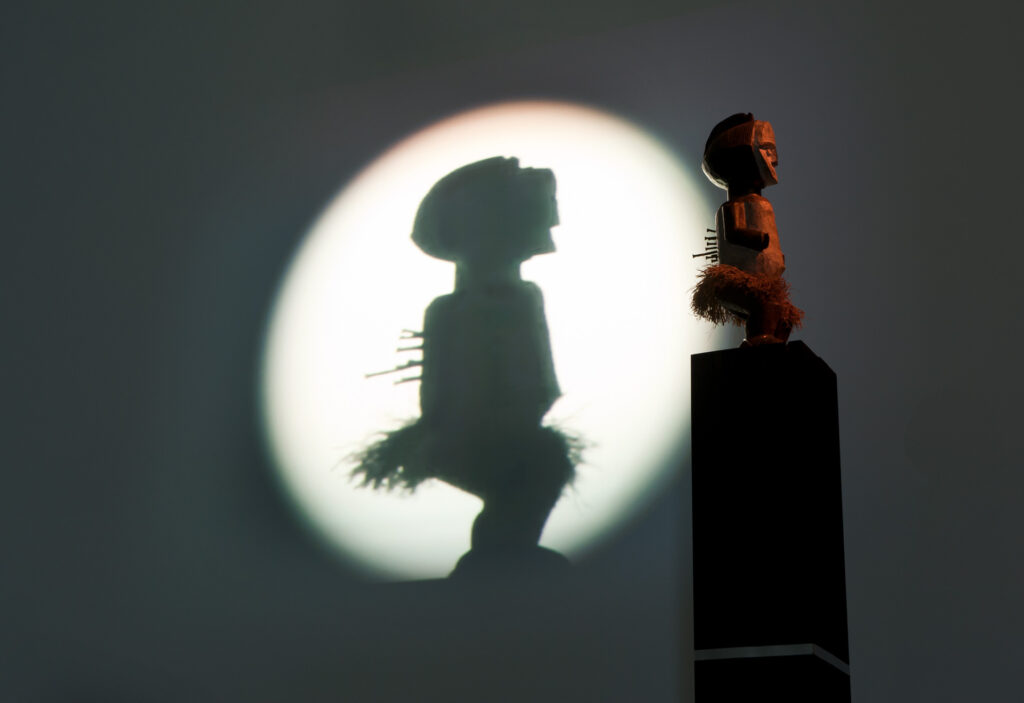
Based on an original fetish figure of the Mbete tribe in Gabon, which at the same time serves as alter ego of the artist herself, Naho Kawabe expresses her search for the definition of existence in the room-sized installation Why am I here? Kawabe originally discovered the figure at a Hamburg curio shop called Harry’s Hamburger Hafenbasar & Museum, where it was placed together with other fetish figures from different countries, detached from its original function and significance. The figure had probably travelled accidentally to Hamburg by ship and ended up as a “seafarer’s treasure” at the bazaar on Reeperbahn where it stood around as one curio among others, stripped of its cultural context. In Kawabe’s installation, the figure finds itself in another, completely foreign context. Originally a fetish and transplanted into a constantly changing spatiotemporal constellation, the figure raises questions about the stability our self-positioning that is still possible today. Why am I here? confronts the viewer with questions of cultural belonging, border crossings and, in a general sense, the existential question how the coordinates of space and time help shape our identity concepts.
Text by Magnus Pölcher
in: Fuzzy Dark Spot. Videokunst aus Hamburg. Deichtorhallen Hamburg / Sammlung Falckenberg
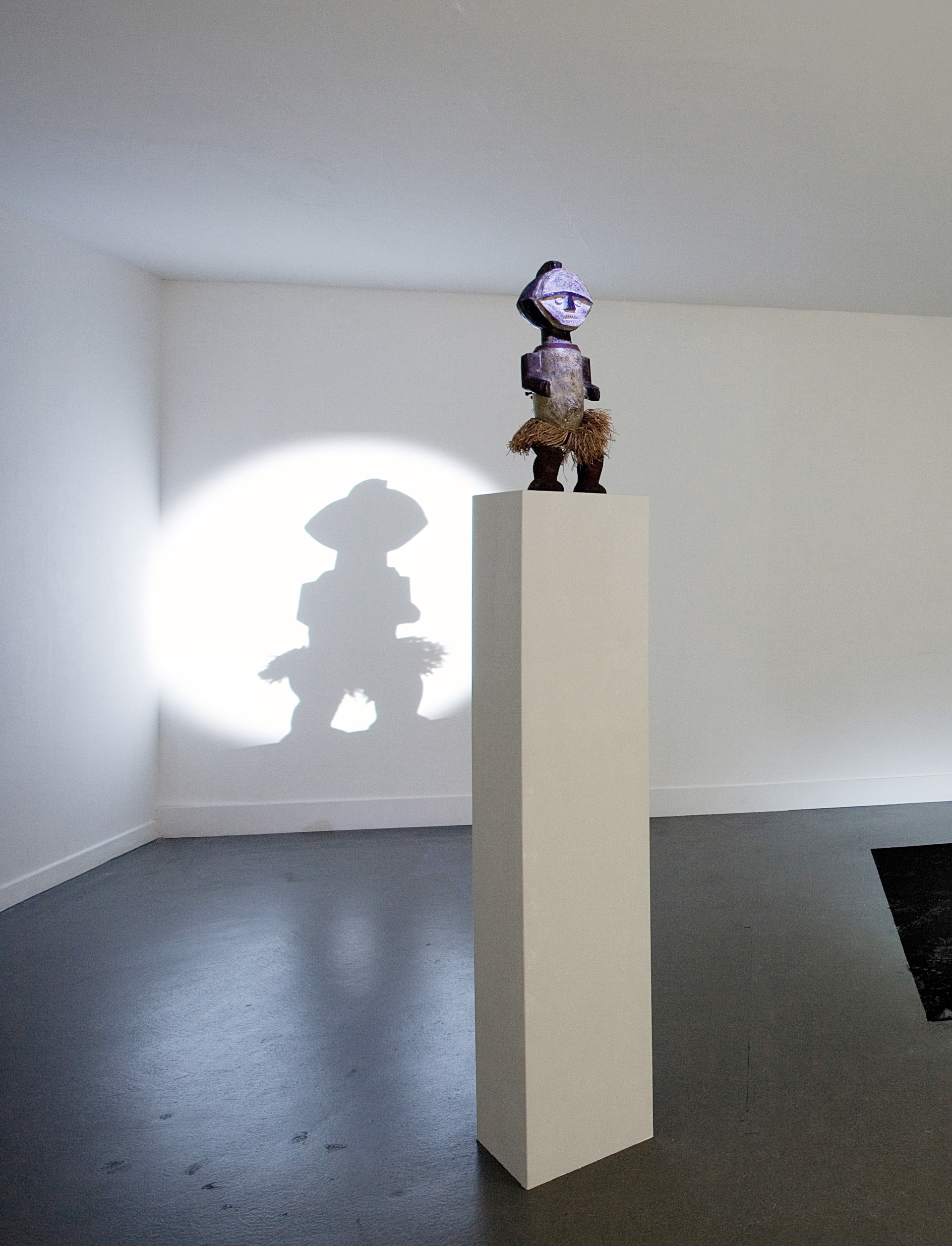
Exhibtions: Shiseido Gallery, Tokyo (JP) / Ermekeilkaserne, Bonn (DE) / Deichtorhallen Sammlung Falckenberg Hamburg (DE) /Kunsthaus Hamburg (DE)
Images: Broschüre ” Shiseido Art Egg 05″ / Catalogue “Observer Effect” / Catalogue “Fuzzy Dark Spot. Videokunst aus Hamburg” / Catalogue “INDEX 11”
